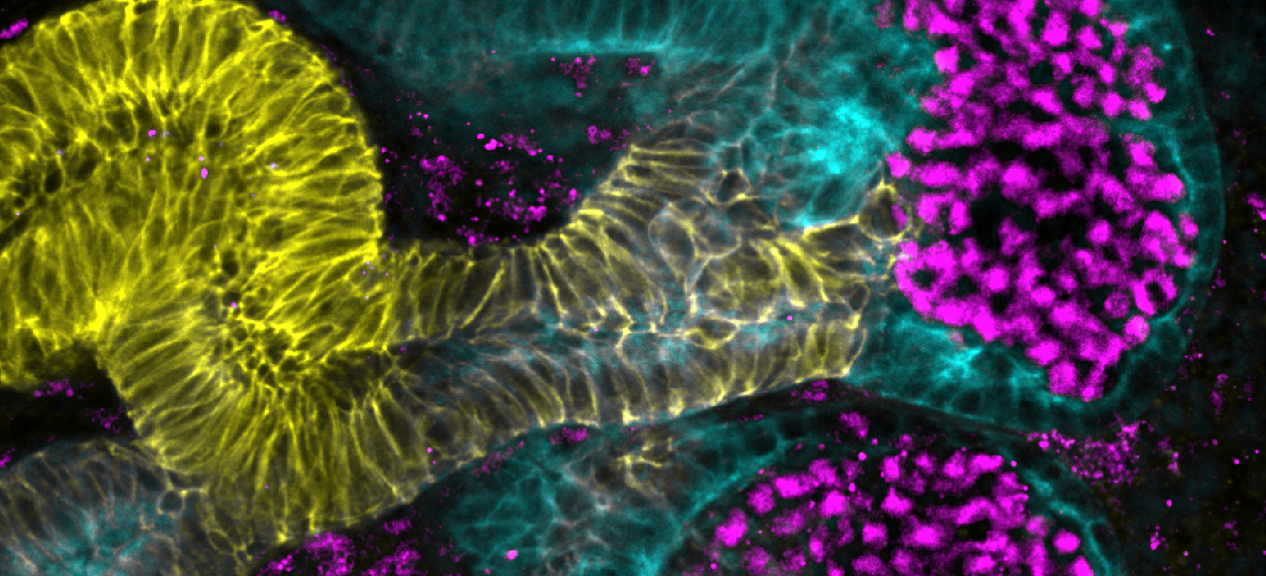This may seem like science fiction due to the complexity of certain organs such as the kidney, brain, retina or intestine, but the vast progress made in recent years in fields as varied as tissue regeneration, stem cell biology and “biological engineering” make it possible to develop new strategies to try to restore the function of these organs.
Corinne Antignac, Co-Director of the Hereditary Renal Diseases Laboratory and Professor of Hospital Practitioner Universities (PU-PH)
The Project
Intestine, kidney, retina, brain… All these organs that are difficult to study in vivo can be reconstituted in miniature from patient cells. These are organoids. The strength of this technology is to reproduce in the laboratory the functions and dysfunctions of an organ, while remaining as close as possible to the human body. Organoids are thus promising models to understand the mechanisms of genetic diseases, but also to test the effectiveness of drugs. At the Institut Imagine, several laboratories are involved in the creation and study of these mini-organoids in order to accelerate their research.
For example, organoids are used by Dr. Nadine Cerf-Bensussan, Director of the intestinal immunity laboratory. They allow her to make advances on absorption deficits by the digestive system.
To develop human organoids, the Institut Imagine is creating a platform with the necessary equipment to deploy this research work. It will benefit all the other laboratories of the Institute by providing the latest technologies and the best expertise, with the aim of always being at the forefront of scientific excellence on genetic diseases, for the benefit of sick children.
Context & Objectives
About ten years ago, researchers discovered that stem cells taken from certain organs can, when cultivated under the right conditions, reconstitute a miniature organ. Since then, many studies have been published refining this technology. In this context, the objective of the Institut Imagine teams is to find the right tools, the best culture medium, the best method to create organoids, which replicate as well as possible the diseases observed in children. All of this innovative research has the same goal: to understand genetic diseases more rapidly, and thus accelerate the search for new therapeutic targets.
/ For recruitment
/ For the acquisition of cutting-edge equipment
/ For research programs

